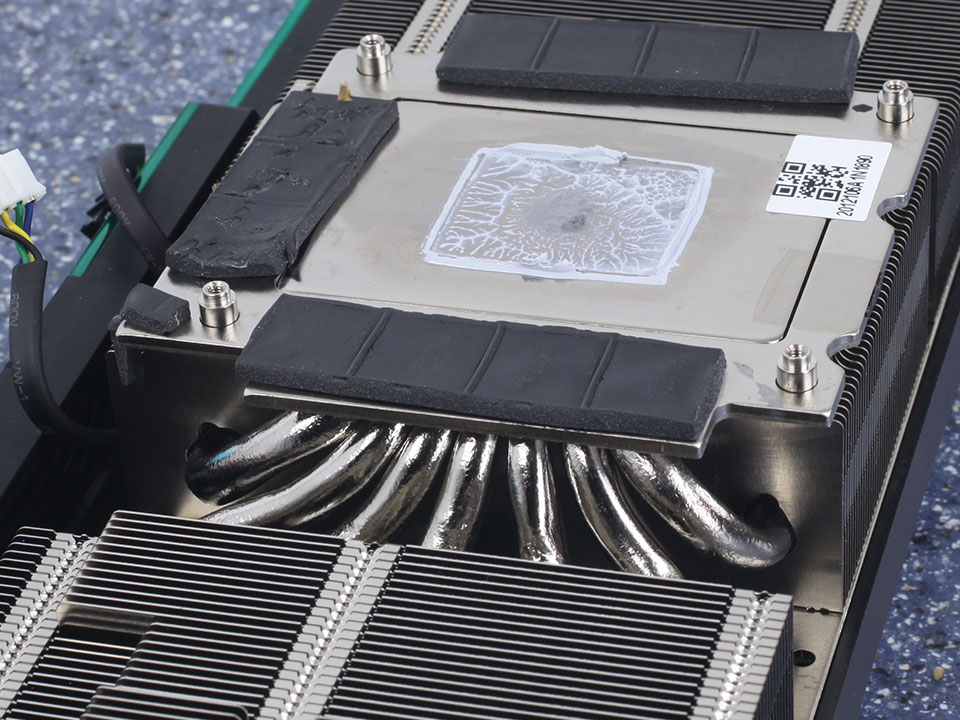- Joined
- Nov 11, 2016
- Messages
- 3,627 (1.17/day)
| System Name | The de-ploughminator Mk-III |
|---|---|
| Processor | 9800X3D |
| Motherboard | Gigabyte X870E Aorus Master |
| Cooling | DeepCool AK620 |
| Memory | 2x32GB G.SKill 6400MT Cas32 |
| Video Card(s) | Asus RTX4090 TUF |
| Storage | 4TB Samsung 990 Pro |
| Display(s) | 48" LG OLED C4 |
| Case | Corsair 5000D Air |
| Audio Device(s) | KEF LSX II LT speakers + KEF KC62 Subwoofer |
| Power Supply | Corsair HX1200 |
| Mouse | Razor Death Adder v3 |
| Keyboard | Razor Huntsman V3 Pro TKL |
| Software | win11 |
Well... all my workhorses run 100% all the time when they're not idle. Not sure what other performance % you're expecting from a GPU to be fair, especially with high refresh being the norm for high end stuff.
And if they can't, they're shit - they are marketed for 100% perf too.
The first thing I'd look at is case temp and getting the heat out, there is no GPU designed to withstand bad airflow (or- without major perf loss, at least). But beyond that... if you have to tinker with it to get it to work right... I'd insta-RMA that crap.
Easy example, would you let your 8700K run at 100C doing rendering 24/7 ? Intel spec sheet say it can handle up to 100C
I guess gaming GPU are not designed to do rendering workload or mining, who would have thought
 . 96C on the VRAM is pretty common occurence on Ampere with GDDR6x memory doing mining, no surprises there.
. 96C on the VRAM is pretty common occurence on Ampere with GDDR6x memory doing mining, no surprises there.
Last edited:


 But then you are in OC territory and if not, it clocks down.
But then you are in OC territory and if not, it clocks down.


 So in theory, as long as you don't break anything, even installing a custom waterblock should be fine, as long as you put it back together nicely if you ever need to RMA it. Now I'm not a 100% sure as I've never dealt with their support, maybe someone else can confirm the above?
So in theory, as long as you don't break anything, even installing a custom waterblock should be fine, as long as you put it back together nicely if you ever need to RMA it. Now I'm not a 100% sure as I've never dealt with their support, maybe someone else can confirm the above?





